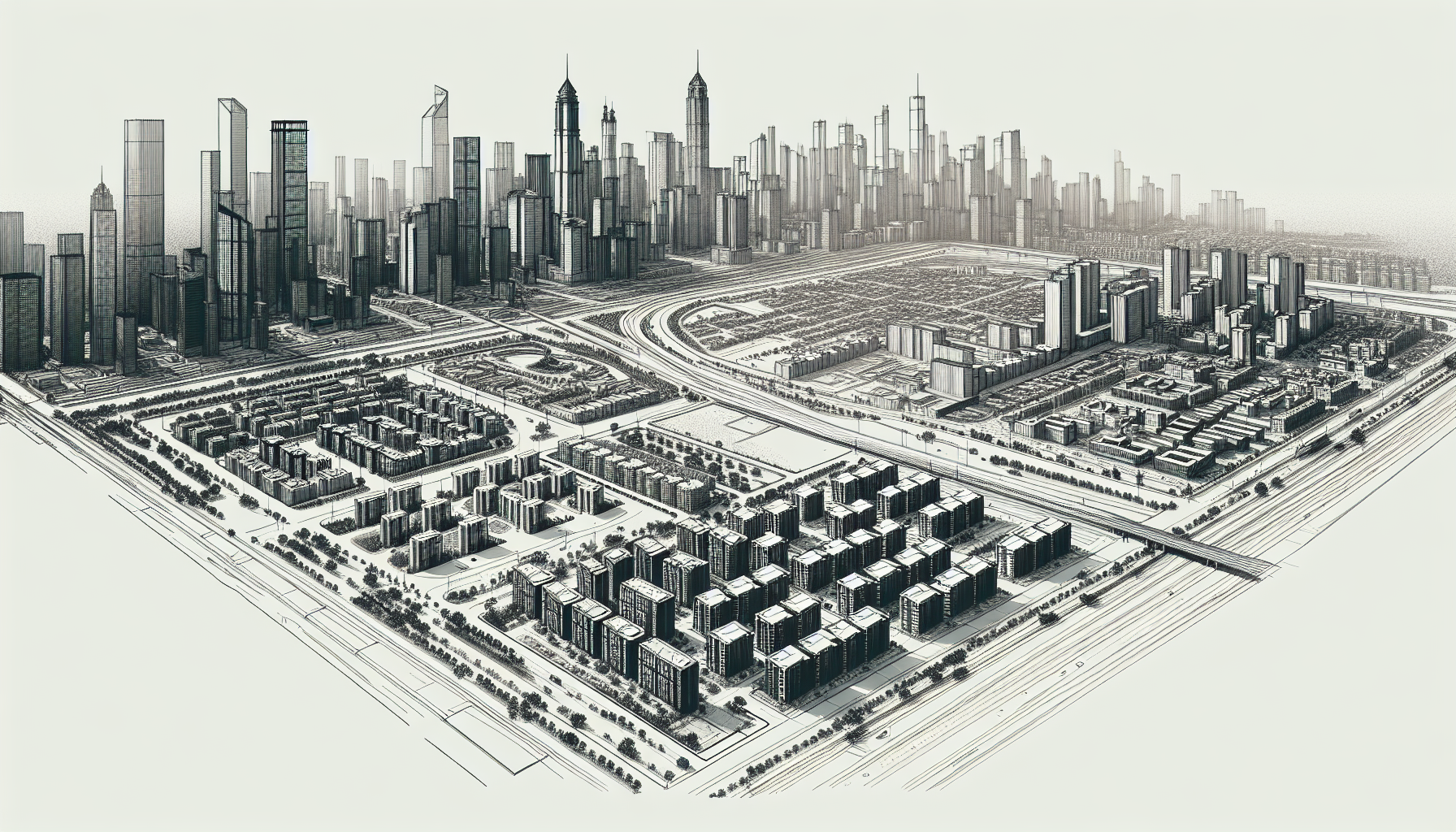Urban landscapes are undergoing a transformation. Today, cities around the world are placing greater emphasis on integrating green spaces into their urban planning strategies.
This shift towards ‘green urbanism,’ as it’s often referred to, is a direct response to a growing understanding of the environmental, health, and social benefits of nature within our cityscapes.
Green spaces, such as parks, gardens, and street trees, serve as the lungs of a city. They function as natural air purifiers, removing harmful pollutants from the atmosphere, and generating fresh, clean air for city dwellers to breathe. Additionally, greenery absorbs and stores carbon dioxide, making it an invaluable tool in the fight against climate change.
Beyond the environmental implications, green spaces offer significant health benefits for urban residents. Regular exposure to nature can reduce stress, enhance mood, and improve overall mental wellbeing. For city populations, particularly those living in high-density areas, access to green spaces provides an essential respite from the hustle and bustle of city life.
Urban green spaces are also critical for fostering social cohesion and community. They provide inclusive venues for people from all walks of life to interact, engage in leisure activities, and form connections. These spaces often serve as the heartbeat of a neighborhood, playing a crucial role in establishing a sense of place and identity in an urban environment.
To effectively harness the power of green spaces, city planners must prioritize them in their urban development strategies. This involves careful consideration of the placement and design of green spaces to ensure they are accessible and enjoyable for all citizens.
Planners must also think creatively about how to incorporate greenery into existing city infrastructure. For example, rooftop gardens and vertical greening systems can provide much-needed greenery in densely populated areas where land is scarce.
Recently, we’ve seen some inspiring examples of green urbanism in action. Cities are transforming underutilized spaces, such as disused railway lines or industrial sites, into vibrant green spaces.
This not only creates new recreational areas for residents but also helps to revitalize areas that may have previously been neglected.

In the face of growing urban populations and the escalating threat of climate change, the importance of green spaces in our cities cannot be overstated. As we continue to adapt and evolve our urban landscapes, it’s crucial that green spaces are not seen as an afterthought but rather, an integral part of a city’s infrastructure.
As we look towards the future of urban planning, the role of green spaces is unequivocal. They represent a bridge between the built environment and the natural world, a blend of form and function that is not only aesthetically pleasing but also promotes healthier, happier, and more resilient urban communities. By integrating green spaces into our cities, we are not just improving our urban landscapes but also enriching the lives of those who call these cities home.
Leave a Reply